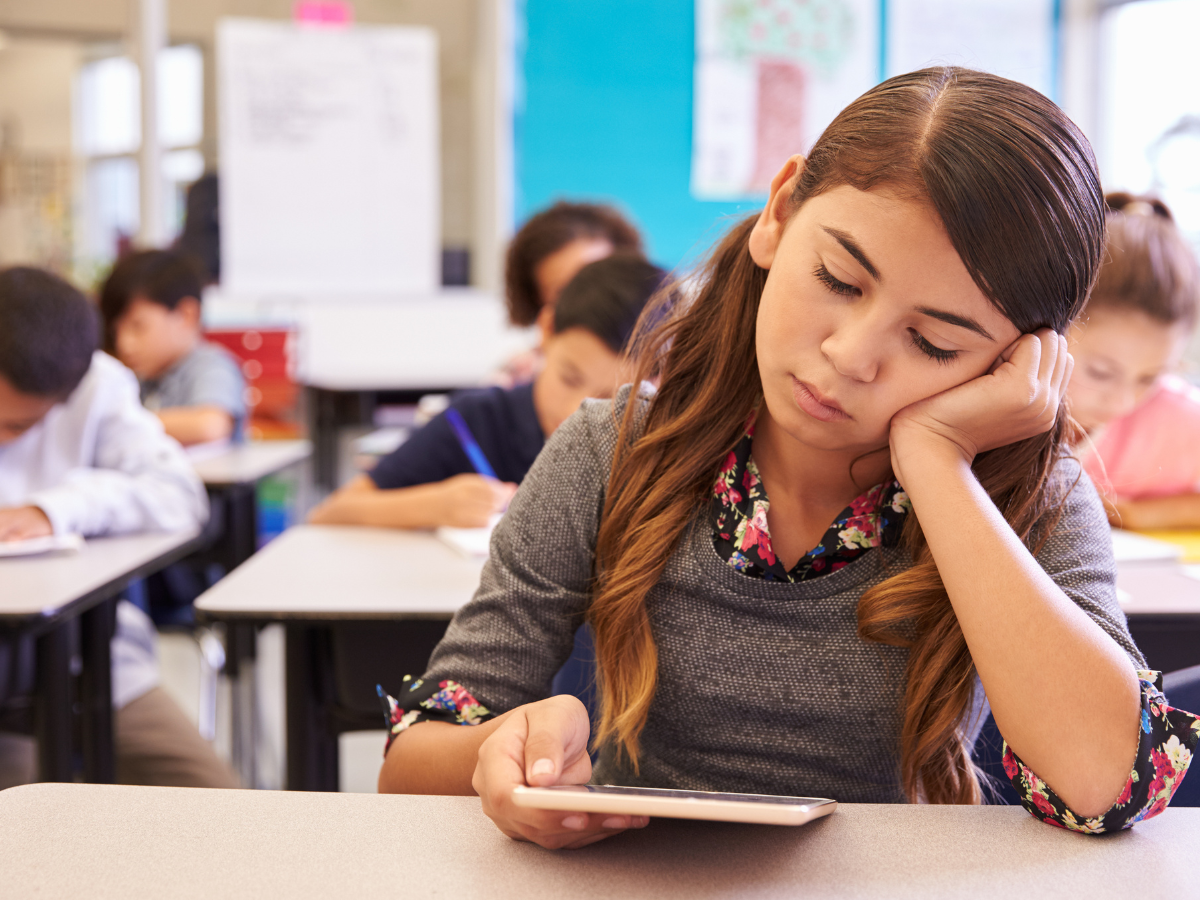Imagine young children in elementary school: they rave about the school, they tell without being asked what they have learned and experienced, they are so proud to finally be a pupil, and what is quite evident from this, they are very motivated (Broussard and Garrison, 2009). However, once you think about secondary school, the overall perception is usually quite different: there seems to be less motivation, school is seen as boring and annoying, and the single benefit perceived is socializing with friends. Of course, there are always some exceptions to this trend, but in general, it can be assumed that this applies to the majority of students (Yeung et. al, 2011). When looking for possible explanations for this attitude, the following arguments arise: students have reached puberty (Hung, 2014), are constantly distracted, don’t realize how important education is for themselves and their future (Chow and Yong, 2013), and so on. But is it really that simple? Or should we perhaps ask ourselves entirely different questions and investigate why students are less motivated and enthusiastic in the current education system?
Perhaps the biggest problem lies in the general approach of blaming children or the availability of resources for why the current education system is collapsing at some points. Instead, we should recognize that the greatest and most important resource in schools is the students themselves. Education should aim to prepare children in the best possible way for their future lives, and that is precisely why we should change our perspective for once and ask ourselves why students are not motivated.
Why are you bored in class?
The Canadian teacher Scott Herbert once asked his students why they were bored in class. The students’ arguments can be summarized in the following points: school bores them, is monotonous and the students do not see the reason why they have to learn specific contents at all. They feel that decisions are made over their heads and that they have no room for personal development. Therefore, they want to be allowed to be more active and creative themselves and to contribute with their own skills, instead of just having to endure frontal teaching (Herbert, 2018).
Make students participate
Thus, it is quite obvious that the engagement of students in terms of education is not so high, but this is mainly due to the teaching method itself and not due to a general lack of interest. For this reason, there should be a fundamental change in the way we teach. We need to overcome frontal teaching, in which a teacher monotonously teaches students about contents that students consider unnecessary in principle. Instead, we should encourage students to be more autonomous, deliver educational content in alternative ways, and thus recapture students’ engagement.
Using game to engage
In this context, gamification can be a helpful approach. Simply put, gamification aims at introducing basic playful principles in an environment that is not a game. The school setting can be a great place to use this method of conveying content: students are encouraged through game-based techniques to stay motivated and see the relevance for themselves. Many youngsters are used to games, such as video games. Thus, they do not feel that they are fulfilling school obligations, but rather enjoying a fun-filled entertainment experience.
We have been working with gamification settings for a long time and have experience with this valuable teaching methodology. One of our projects on gamification is GDL, short for Gamification of Digital Learning. The project aims to familiarize secondary school teachers with gamified content and provide them with information on how to transform their ideas into game-based tools and thus make the content more accessible to students. In addition, creative and autonomous work methods are encouraged and digital skills are fostered. If you want to learn more about implementing gamification in learning, you can take a look at GDL’s “Compendium of methods for gamification in digital learning”.
References:
Broussard, S. C. and Garrison, M. E. B. (2009). The Relationship Between Classroom Motivation and Academic Achievement in Elementary-School-Aged Children. Family and Consumer Sciences Research Journal, 33(2), pp. 106-120
Chow, S. J. and Yong, B. C. S. (2013). Secondary School Students’ Motivation and Achievement in Combined Science. US-China Education Review B, 3(4), pp. 213-228
Herbert, S. (2018). The Power of Gamification in Education. Available at: https://www.ted.com/talks/scott_hebert_the_power_of_gamification_in_education
Hung, C. Y. (2014). The Crisis of Disengagement: A Discussion on Motivation Change and Maintenance Across the Primary-Secondary School Transition. Multidisciplinary Journal of Educational Research, 4(1), pp. 70-100. doi:10.4471/remie.2014.01
Yeung, A.S., Lau, S. and Nie, Y. (2011). Primary and secondary students’ motivation in learning English: Grade and gender differences. Contemporary Educational Psychology, 36(1), pp. 246-256. doi:10.1016/j.cedpsych.2011.03.001

